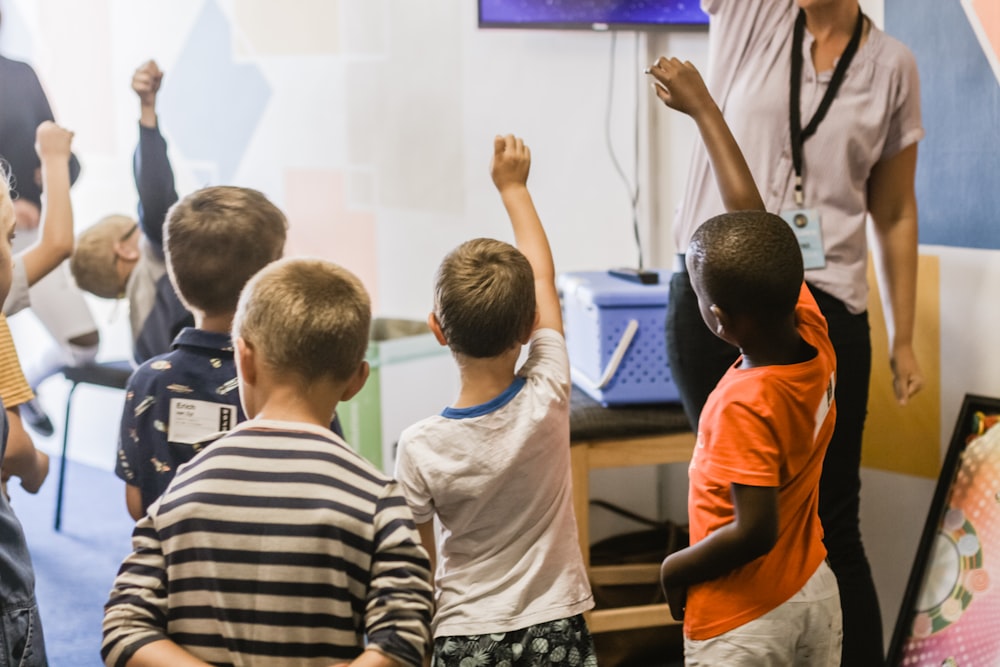Teacher: “Who needs help with their inquiry project?”
Class: Everyone raises their hand…
It is undeniable that there are numerous learning benefits of creating student centred inquiry projects, but how can teachers support all students at the same? Last school year I lead my grade 2 students through an inquiry project focusing on a Canadian province/territory of their choice. This project was then scaffolded into a larger project later in the year which focused on a country of their interest. Both of these projects created high levels of student engagement and were by far my student’s favourite part of the school year. That being said, both experiences were beyond stressful and exhausting for myself as a single classroom teacher. Although I loved witnessing my student’s eagerness and drive to learn, they had very little ability to independently research and needed one-on-one support throughout the entire process. With up to 22 students to assist, I felt unable to adequately support all my students simultaneously. When I met with my learning pod this week, Emily Lacock also expressed experiencing similar challenges with her supporting her grade 2 students. She additionally noted added complexity of teaching inquiry at a French immersion school.
During these projects last year, my students used a mixture of books and technology to conduct their research. The books allowed my students to access text of an appropriate reading level; however, they provided limited information and the content was not always directly linked to my students inquiries. When the students were using technology they were able to access so much information that it was often overwhelming. Additionally, the text was generally far beyond their reading capabilities. Through this course, it is my hope to find ways technology can mediate these challenges with inquiry driven projects. What online resources are available that are designed for young learners to conduct semi-independent research? What video options are available that could benefits young learners with limited reading capabilities? Are tools or applications available to read text aloud to students with a low reading level?
In my exploration for the various MEd projects, I have found two that directly corresponded to inquiry based learning at the elementary school level. These projects focused on a larger age range than my narrow focus of early childhood; however, they continually supported the benefits of inquiry based learning. Kristin Holland’s project, “Learning Through Inquiry”, described that the goal of inquiry is to create life-long learners through building upon their natural curiosity. Holland also noted the challenges teachers face when implementing inquiry-based learning. From the results of the Hertzog (2007) study, one of the major barriers for teachers was the amount of time in relation to the number of students in a classroom. I found this study closely aligned with my own challenges with conducting inquiry. The recommendation of the study was to establish more professional development related to inquiry in the classroom. I agree that there is little professional development available which directly addresses how to solve the challenges teachers face when implementing inquiry-based approach.
Christopher Lister’s project, “A Framework for Implementing Inquiry-Based Learning in the Elementary Classroom”, focused on the benefits for students when engaging in inquiry-based learning, including “long-term knowledge retention, curiosity, problem solving, and collaboration” (p.16). Additionally, Lister similarly detailed the challenges teachers often face when conducting inquiry projects. One of the challenges mentioned was teacher ability to manage the needs of the classroom.
Reading through these MEd projects help reaffirm the wonderful benefits that an inquiry-based approach has to offer, but also allowed me to understand that many teachers have experienced the same challenges that I have when conducting student-centred projects. With multiple professional development days approaching this month, I wonder if there are opportunities to connect with other teachers to further explore available solutions for creating an ideal space for inquiry in the classroom.
Holland, K. (2017). Learning Through Inquiry. Retrieved from https://dspace.library.uvic.ca/bitstream/handle/1828/8012/Holland_Kristin_MEd_2017.pdf?sequence=3&isAllowed=y
Lister, C. (2015). A Framework for Implementing Inquiry-Based Learning in the Elementary Classroom. Retrieved from https://dspace.library.uvic.ca/bitstream/handle/1828/6950/Lister_Christopher_MEd_2015.pdf?sequence=1&isAllowed=y

Recent Comments